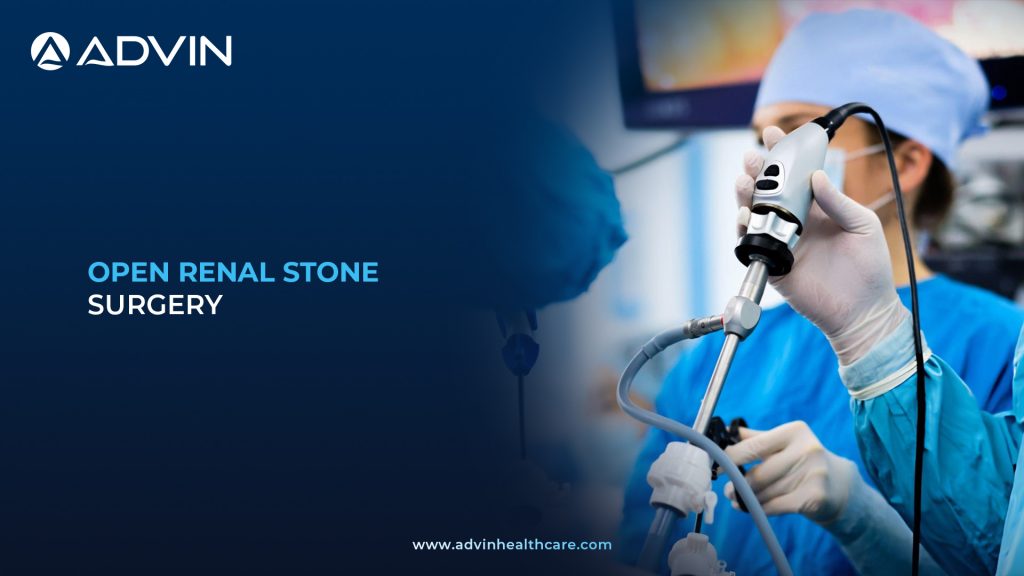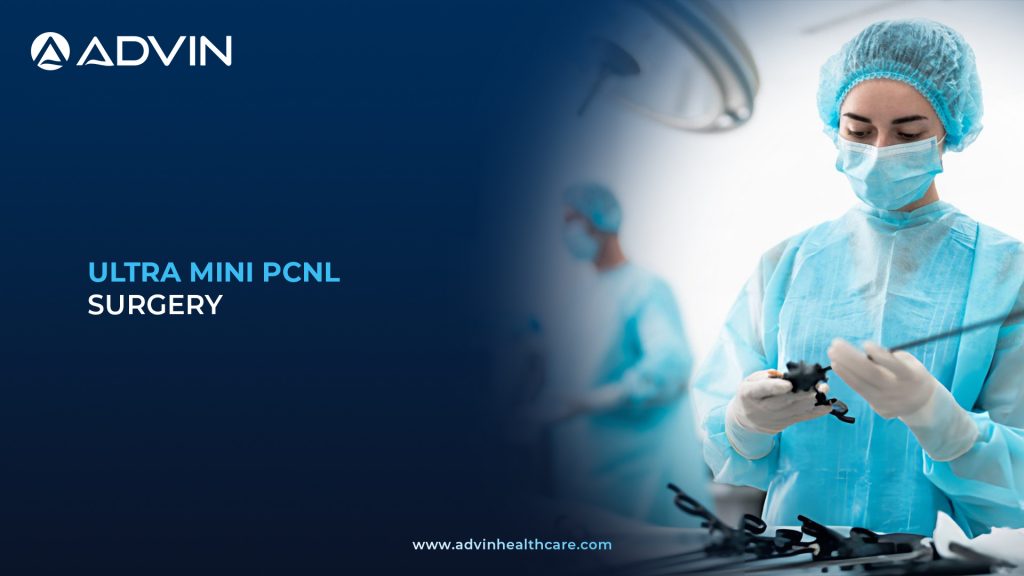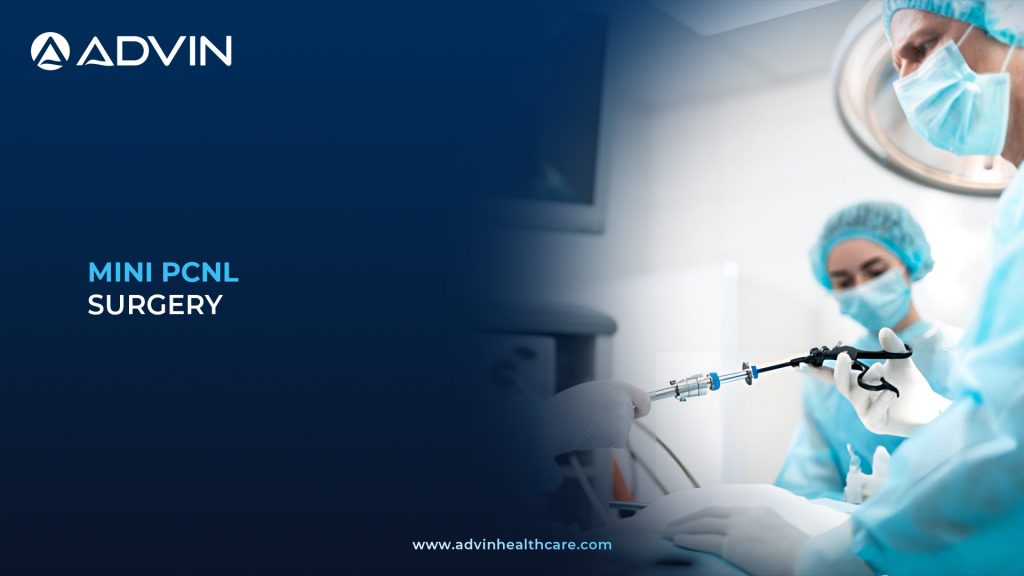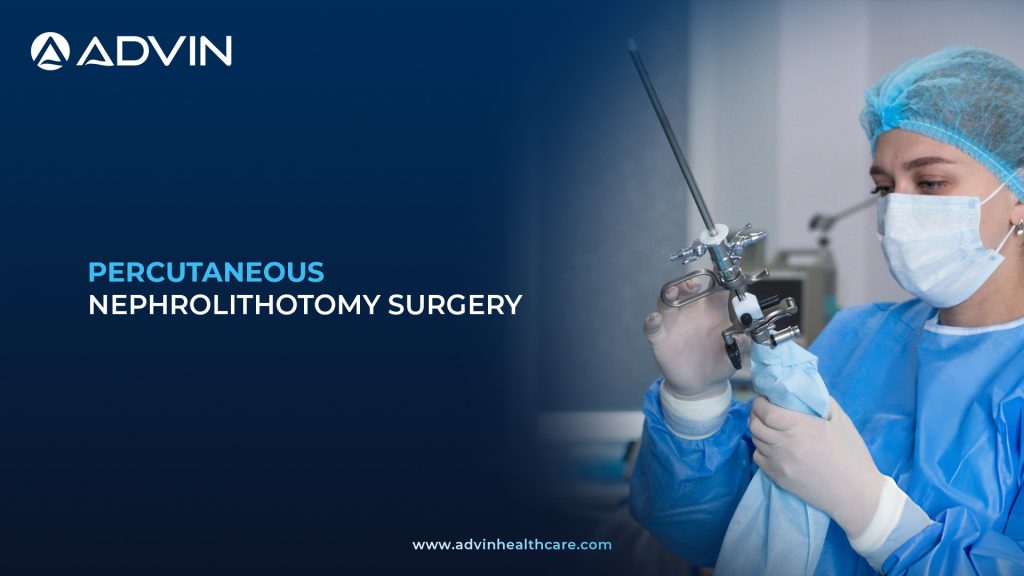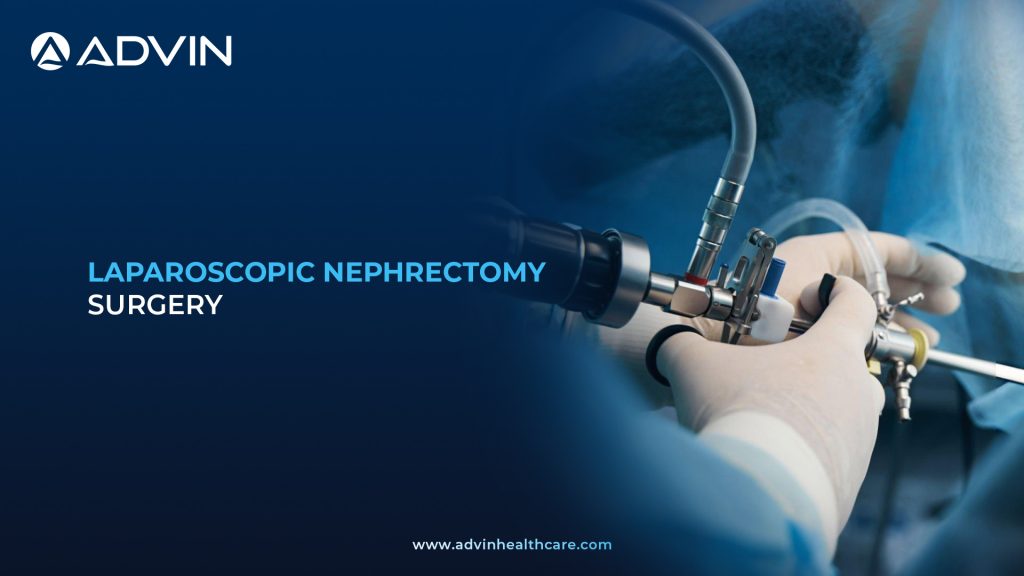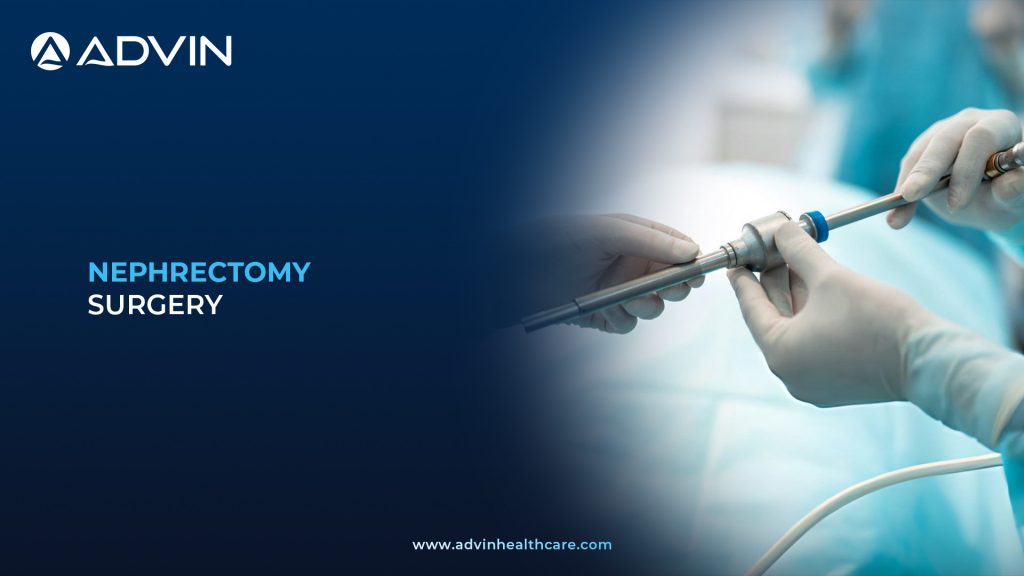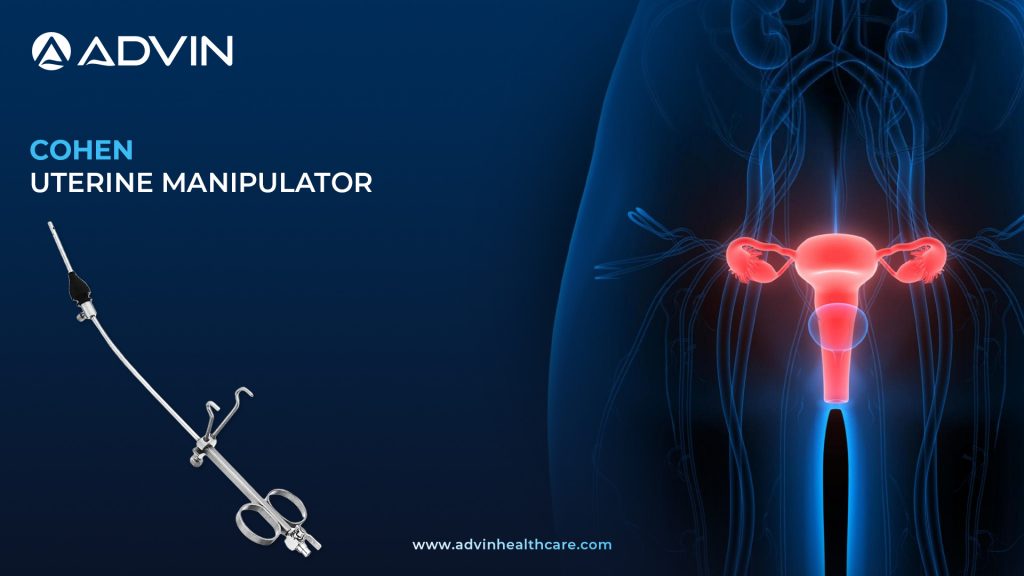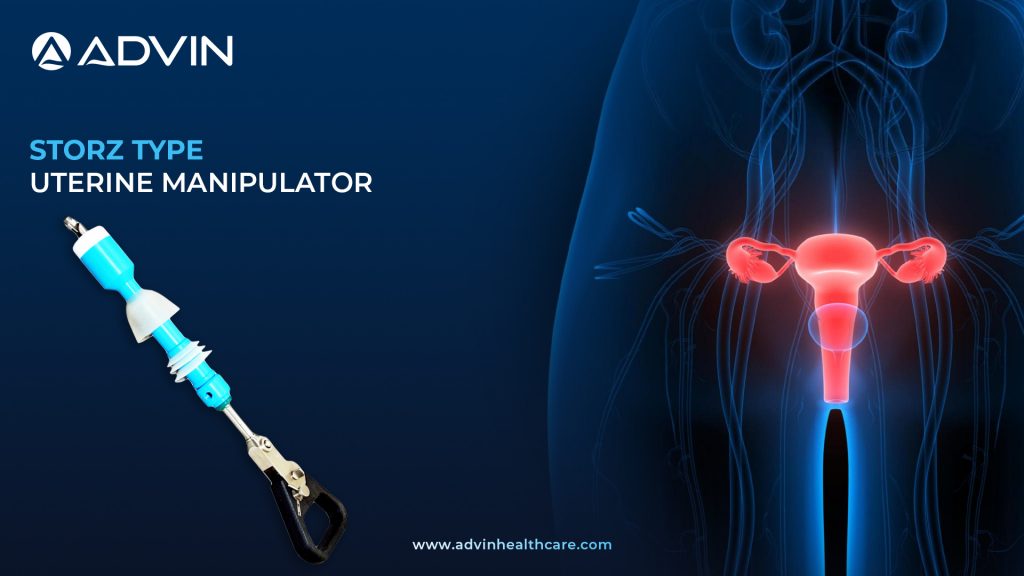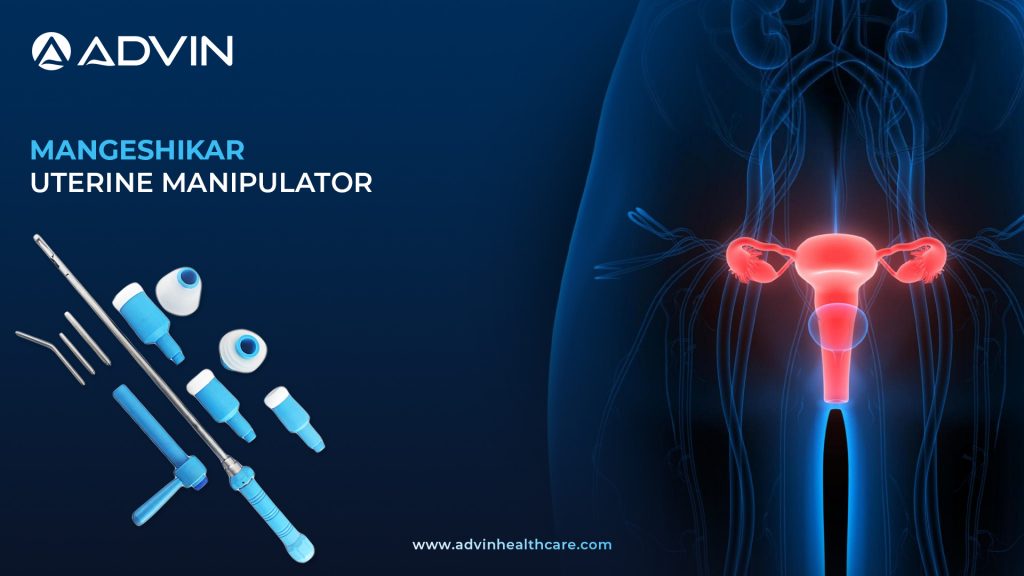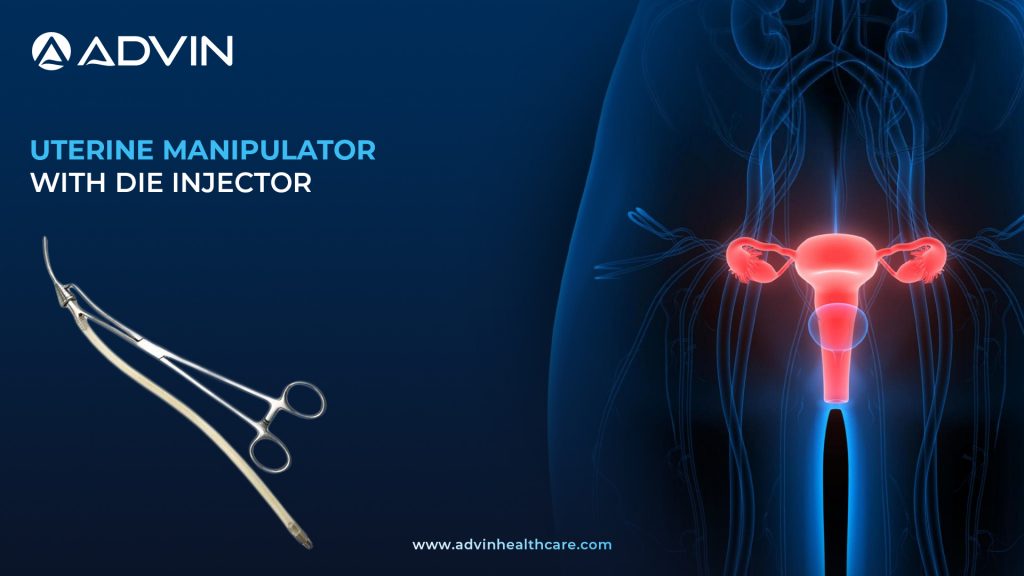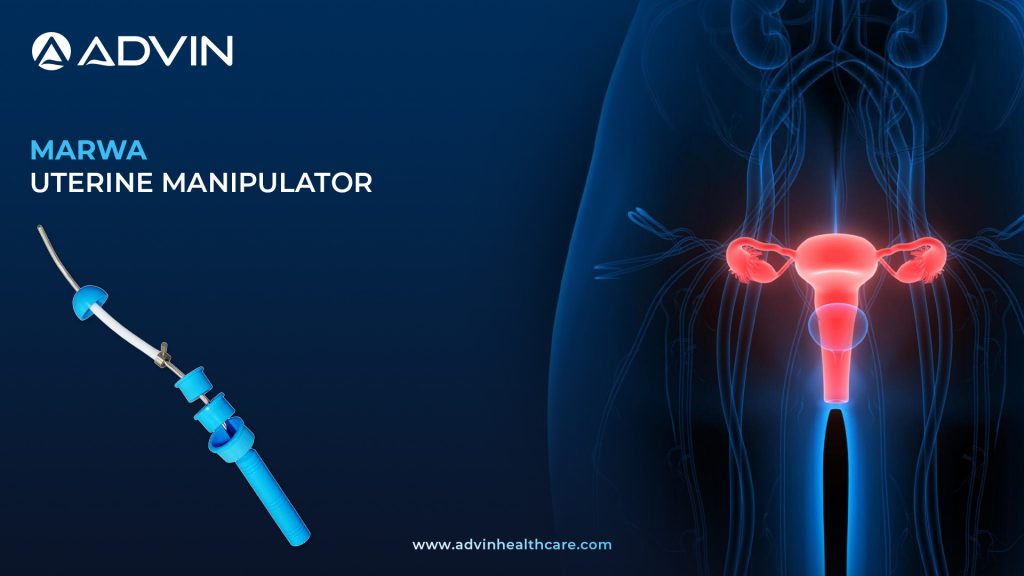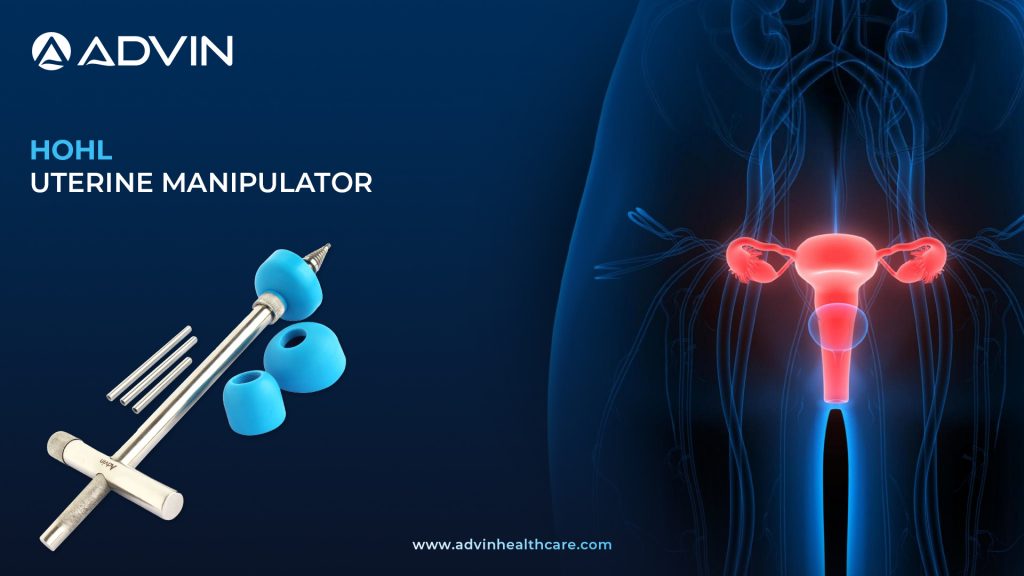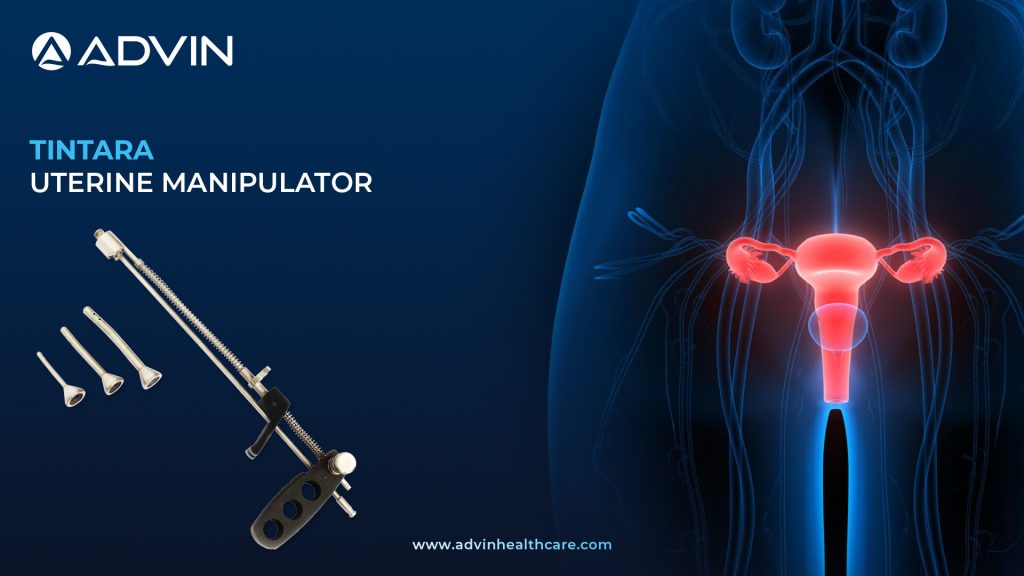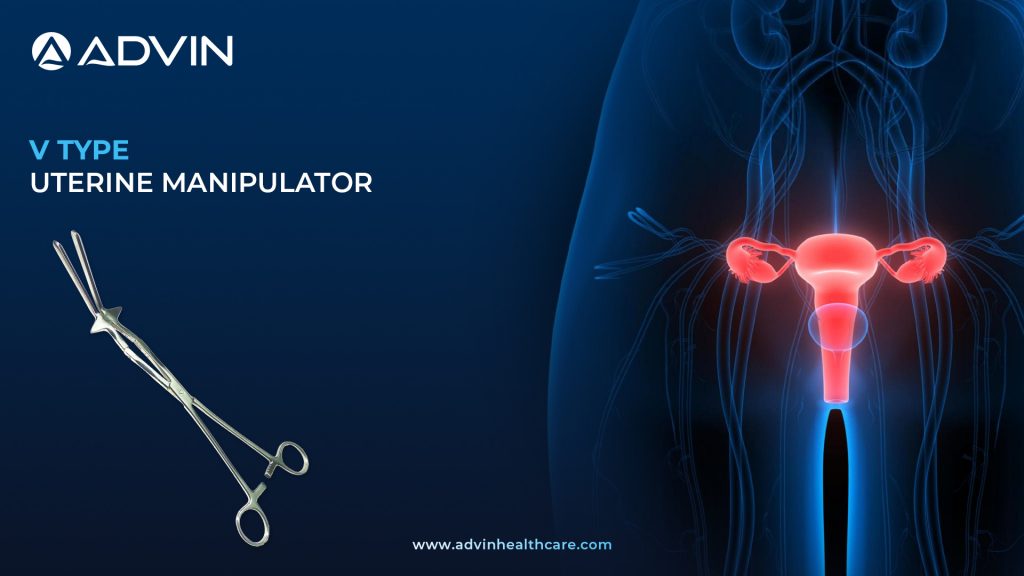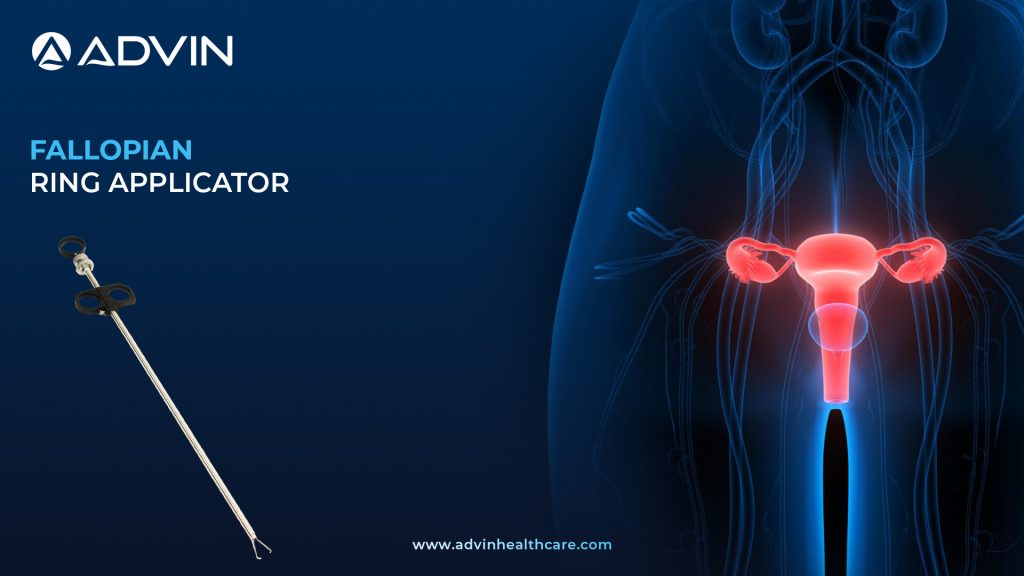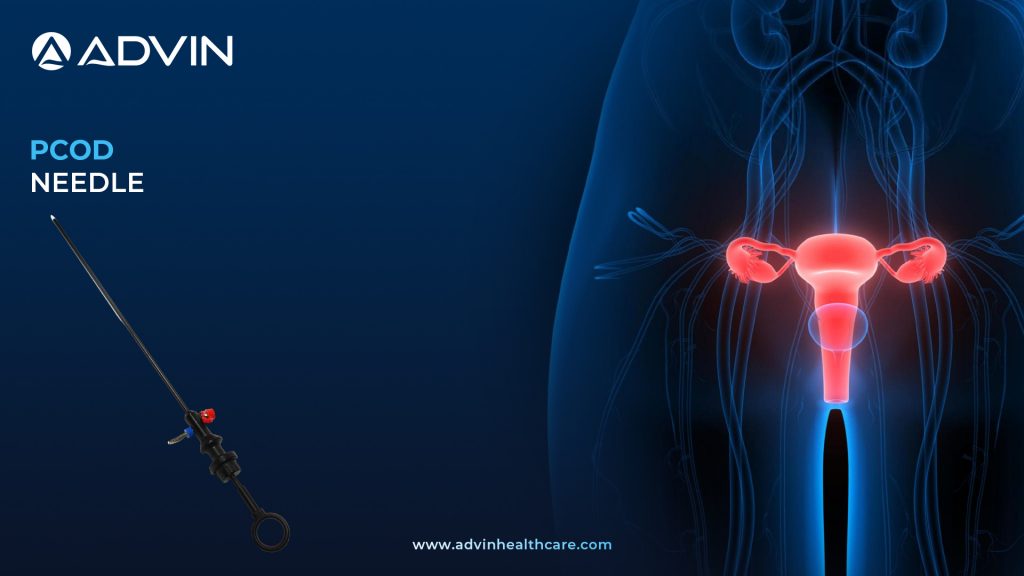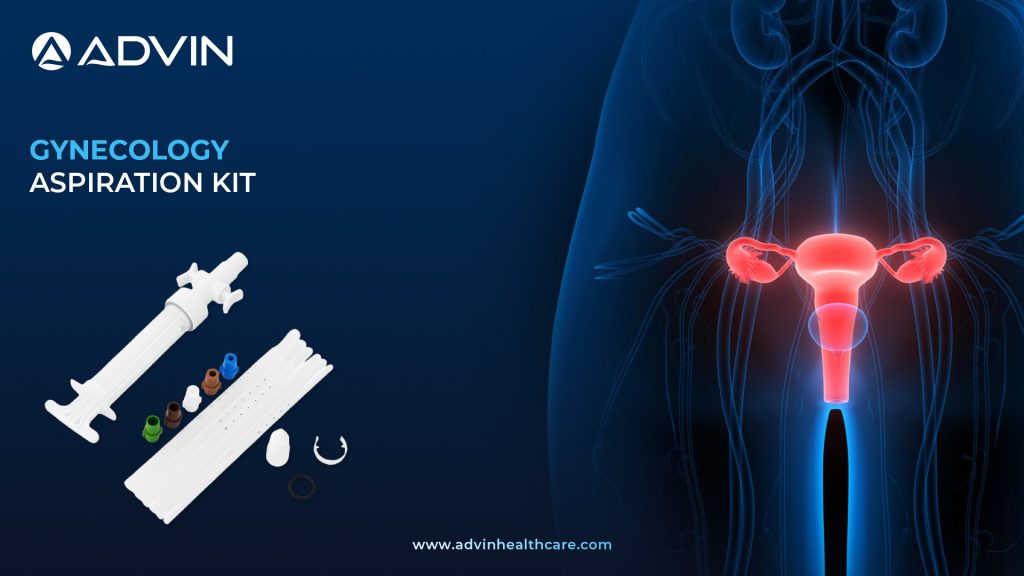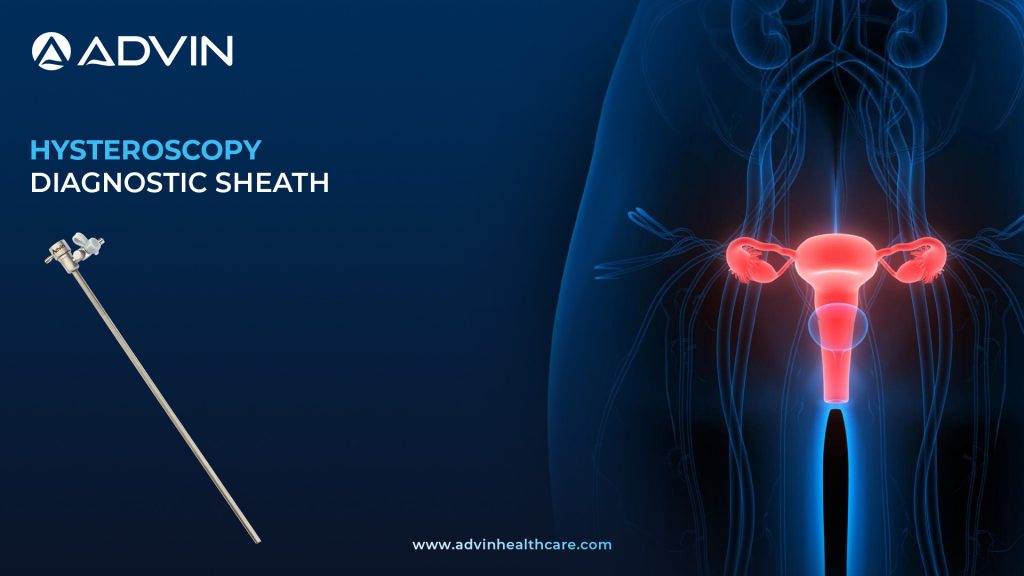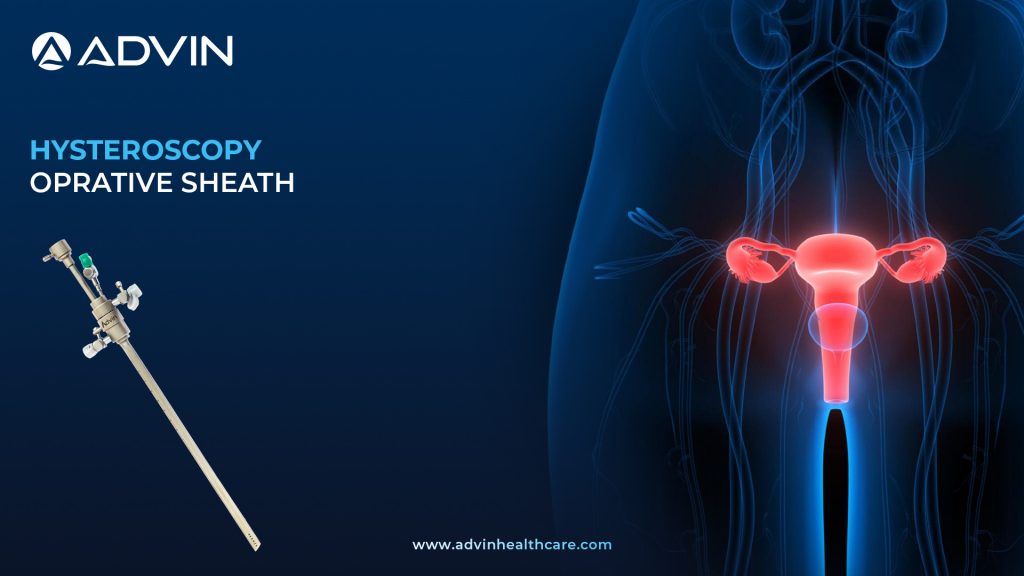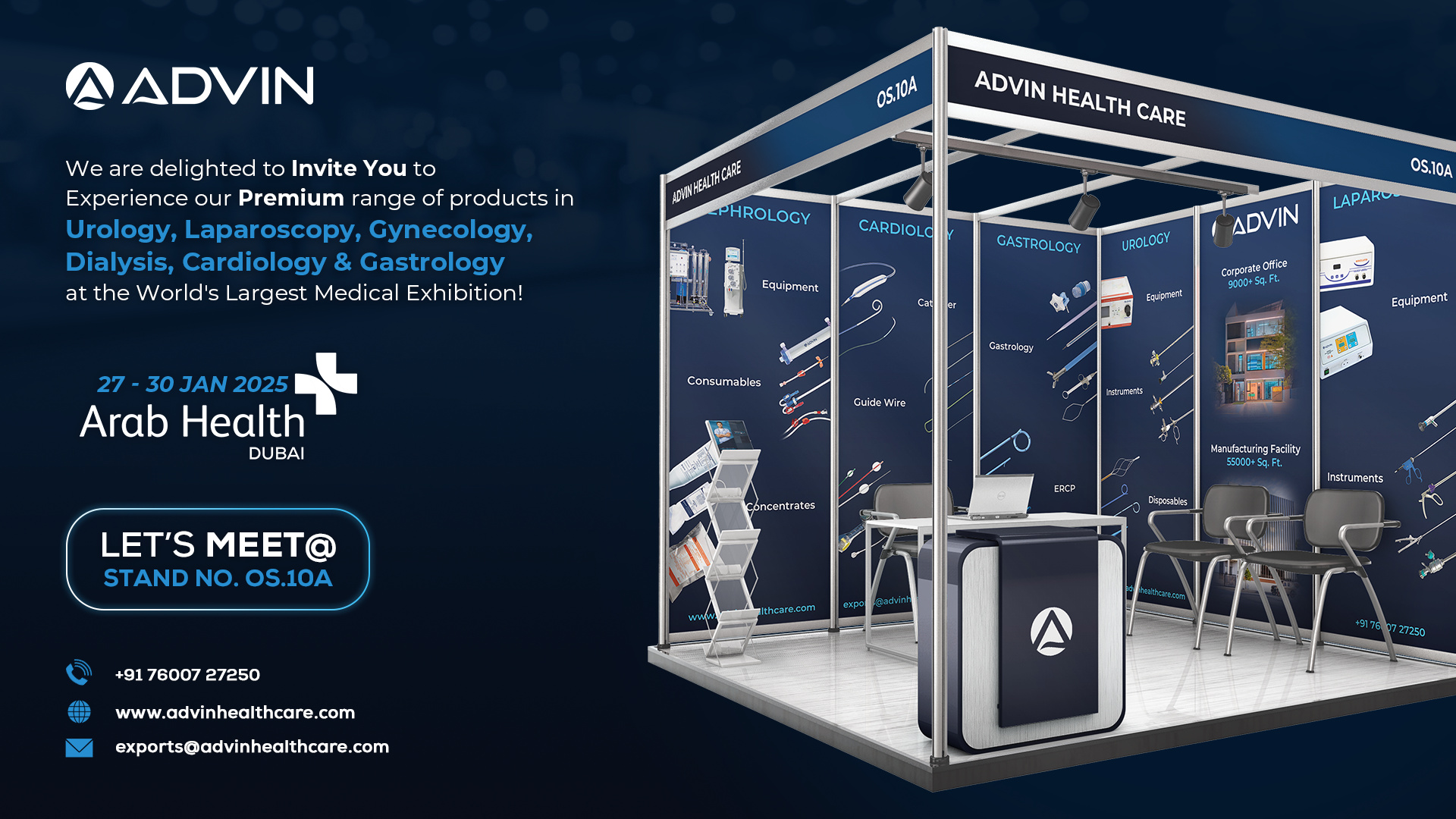Open Renal Stone Surgery – Precision Open Surgery Designed for Safe and Effective Stone Removal.
 Advin Health Care
Advin Health Care
 December 31, 2025
December 31, 2025
Overview of Open Renal Stone Surgery Open renal stone surgery is a traditional surgical method used to remove kidney stones. It involves making a direct incision to access the kidney. This procedure is usually chosen when other minimally invasive options are not suitable. Surgical Technique for Kidney Stone Removal Open...
Read More
Ultra Mini PCNL Surgery – High-Precision Renal Stone Surgery with Reduced Trauma and Faster Recovery.
 Advin Health Care
Advin Health Care
 December 30, 2025
December 30, 2025
Ultra Mini PCNL Introduction Ultra Mini PCNL is an advanced minimally invasive procedure for removing kidney stones. It uses very fine instruments through a tiny skin puncture. This technique minimizes tissue damage and improves patient recovery. Ultra-Fine Percutaneous Kidney Stone Removal Technique Ultra Mini PCNL is performed under general anesthesia...
Read More
Mini PCNL Surgery – Minimally Invasive Kidney Stone Removal with Enhanced Precision.
 Advin Health Care
Advin Health Care
 December 30, 2025
December 30, 2025
Mini PCNL Introduction Mini PCNL is a minimally invasive procedure used to remove kidney stones through a very small skin opening. It uses smaller instruments compared to standard PCNL. This approach helps reduce pain and recovery time for patients. Small-Tract Kidney Stone Removal Using Mini PCNL Mini PCNL is performed...
Read More
Percutaneous Nephrolithotomy Surgery – High-Precision Stone Removal Surgery Supporting Optimal Outcomes.
 Advin Health Care
Advin Health Care
 December 29, 2025
December 29, 2025
Percutaneous Nephrolithotomy (PCNL) Introduction Percutaneous nephrolithotomy (PCNL) is a minimally invasive surgery to remove large or complex kidney stones. It involves accessing the kidney through a small incision in the back. This procedure helps clear stones that cannot be treated with less invasive methods. Minimally Invasive Kidney Stone Removal PCNL...
Read More
Pyeloplasty Surgery – Advanced Surgical Technique Ensuring Accurate Ureteropelvic Junction Correction.
 Advin Health Care
Advin Health Care
 December 29, 2025
December 29, 2025
Pyeloplasty Introduction Pyeloplasty is a surgical procedure used to correct blockage at the junction between the kidney and ureter. This blockage can slow or stop the normal flow of urine. The surgery helps restore proper drainage and protect kidney function. Surgical Repair of Ureteropelvic Junction Obstruction Pyeloplasty is performed under...
Read More
Laparoscopic Nephrectomy – Advanced Laparoscopic Technique Ensuring Accurate Renal Excision.
 Advin Health Care
Advin Health Care
 December 27, 2025
December 27, 2025
Laparoscopic Nephrectomy Introduction Laparoscopic nephrectomy is a minimally invasive surgery to remove a kidney. It is performed using small incisions instead of a large open cut. This approach helps patients recover faster with less pain. Minimally Invasive Kidney Removal Through Laparoscopy Laparoscopic nephrectomy is performed under general anesthesia to keep...
Read More
Nephrectomy – A Complete Guide to Kidney Removal Surgery
 Advin Health Care
Advin Health Care
 December 27, 2025
December 27, 2025
Understanding the Surgical Removal of a Kidney Nephrectomy is a surgical procedure to remove a kidney. It can be performed either partially or completely depending on the condition. This surgery helps treat kidney problems and improve overall health. Purpose of the Procedure - When and Why a Nephrectomy is Performed...
Read More
Cohen Uterine Manipulator – Precision Gynecologic Tool for Safe and Accurate Uterine Control.
 Advin Health Care
Advin Health Care
 December 26, 2025
December 26, 2025
Cohen Uterine Manipulator for Precise Uterine Control in Laparoscopic Surgery A Cohen Uterine Manipulator is a surgical instrument used to position and mobilize the uterus during gynecological procedures. It allows controlled multi-directional uterine movement for better surgical access. The device is widely used in laparoscopic and open gynecological surgeries. Development...
Read More
Storz Type Uterine Manipulator – Advanced Instrument Enhancing Operative Access and Surgical Visibility.
 Advin Health Care
Advin Health Care
 December 26, 2025
December 26, 2025
Storz Type Uterine Manipulator for Precise Uterine Positioning A Storz Type Uterine Manipulator is a surgical instrument used to position and mobilize the uterus during gynecological procedures. It allows controlled movement of the uterus to improve surgical access. The device is commonly used in minimally invasive gynecological surgeries. Development of...
Read More
Mangeshikar Uterine Manipulator – High-Performance Manipulator Designed for Efficient Gynae Procedures.
 Advin Health Care
Advin Health Care
 December 25, 2025
December 25, 2025
Mangeshikar Uterine Manipulator for Precise Uterine Control in Laparoscopic Surgery A Mangeshikar Uterine Manipulator is a surgical instrument used to mobilize and position the uterus during gynecological procedures. It allows controlled uterine movement for improved surgical access. The device is commonly used in both laparoscopic and open gynecological surgeries. Development...
Read More
Uterine Manipulator With Die Injector – Advanced Gynecologic Instrument for Accurate Tubal Patency Assessment.
 Advin Health Care
Advin Health Care
 December 25, 2025
December 25, 2025
Uterine Manipulator with Dye Injector for Enhanced Tubal Patency Assessment A Uterine Manipulator with Dye Injector is a gynecological instrument used to position the uterus during surgical procedures. It also allows controlled injection of dye through the uterine cavity. The device supports better visualization of fallopian tube patency. Evolution of...
Read More
Marwa Uterine Manipulator – Advanced Gynecologic Instrument Enhancing Operative Access and Visibility.
 Advin Health Care
Advin Health Care
 December 24, 2025
December 24, 2025
Marwa Uterine Manipulator for Precise Uterine Control in Laparoscopy A Marwa Uterine Manipulator is a surgical instrument used to move and position the uterus during gynecological procedures. It helps provide better access and visibility to pelvic organs. The device is commonly used in both open and laparoscopic surgeries. Development of...
Read More
HOHL Uterine Manipulator – High-Performance Manipulator Supporting Safe and Efficient Procedures.
 Advin Health Care
Advin Health Care
 December 24, 2025
December 24, 2025
HOHL Uterine Manipulator for Advanced Uterine Positioning in Laparoscopy A HOHL Uterine Manipulator is a specialized surgical instrument used to position and mobilize the uterus during gynecological procedures. It allows controlled uterine movement to improve surgical access. The device is commonly used in minimally invasive gynecological surgeries. Evolution of HOHL...
Read More
Tintara Uterine Manipulator – Precision Uterine Control for Advanced Gynecologic Procedures.
 Advin Health Care
Advin Health Care
 December 23, 2025
December 23, 2025
Tintara Uterine Manipulator for Precise Uterine Positioning A Tintara Uterine Manipulator is a surgical device used to mobilize and position the uterus during gynecological procedures. It allows controlled uterine movement for better surgical access. The instrument is commonly used in minimally invasive gynecological surgeries. Evolution of Tintara Uterine Manipulators in...
Read More
V Type Uterine Manipulator – Advanced Manipulation Tool Ensuring Optimal Uterine Access.
 Advin Health Care
Advin Health Care
 December 23, 2025
December 23, 2025
V Type Uterine Manipulator for Enhanced Uterine Control in Laparoscopy A V Type Uterine Manipulator is a surgical instrument used to position and mobilize the uterus during gynecological procedures. It allows controlled movement of the uterus in multiple directions. The device supports better visualization and access during surgery. Development of...
Read More
Fallopian Ring Applicator – High-Performance Tool for Efficient Laparoscopic Sterilization Procedures.
 Advin Health Care
Advin Health Care
 December 22, 2025
December 22, 2025
Fallopian Ring Applicator for Laparoscopic Tubal Sterilization A Fallopian Ring Applicator is a surgical instrument used for female sterilization procedures. It is designed to apply a silastic ring onto the fallopian tube. The device supports controlled and minimally invasive tubal occlusion. Evolution of Fallopian Ring Applicators in Female Sterilization Procedures...
Read More
PCOD Needle – Fine, Controlled Access Tool for Safe PCOD Aspiration Procedures.
 Advin Health Care
Advin Health Care
 December 22, 2025
December 22, 2025
PCOD Needle for Ovarian Drilling and Gynecological Procedures A PCOD Needle is a specialized gynecological instrument used during ovarian drilling procedures. It is designed to create controlled punctures on the ovarian surface. The needle supports minimally invasive treatment of polycystic ovary disorder. Development of PCOD Needles in Minimally Invasive Gynecology...
Read More
Gynecology Aspiration Kit – Complete Sterile Solution for Safe and Controlled Uterine Aspiration.
 Advin Health Care
Advin Health Care
 December 20, 2025
December 20, 2025
Gynecology Aspiration Kit for Safe Fluid & Tissue Aspiration A Gynecology Aspiration Kit is a medical set used to remove fluids or tissue from the uterine cavity. It is commonly used for diagnostic and minor gynecological procedures. The kit supports safe and controlled aspiration during clinical use. Evolution of Aspiration...
Read More
Hysteroscopy Diagnostic Sheath – Stable, Smooth Entry System for Diagnostic Hysteroscopy.
 Advin Health Care
Advin Health Care
 December 20, 2025
December 20, 2025
Hysteroscopy Diagnostic Sheath for Safe Uterine Cavity Access A Hysteroscopy Diagnostic Sheath is a medical accessory used with a hysteroscope for uterine examination. It helps guide the hysteroscope into the uterine cavity safely. The sheath allows fluid inflow to maintain clear visualization during diagnostic procedures. Evolution of Diagnostic Sheaths in...
Read More
Hysteroscopy Operative Sheath – Advanced Sheath System Supporting Safe Instrument Introduction.
 Advin Health Care
Advin Health Care
 December 19, 2025
December 19, 2025
Hysteroscopy Operative Sheath for Safe Instrument Access During Hysteroscopy A Hysteroscopy Operative Sheath is a specialized component used with a hysteroscope during operative procedures. It provides a stable working channel for surgical instruments and fluid flow. The sheath helps maintain uterine distension for clear visualization. Evolution of Operative Sheaths in...
Read More

